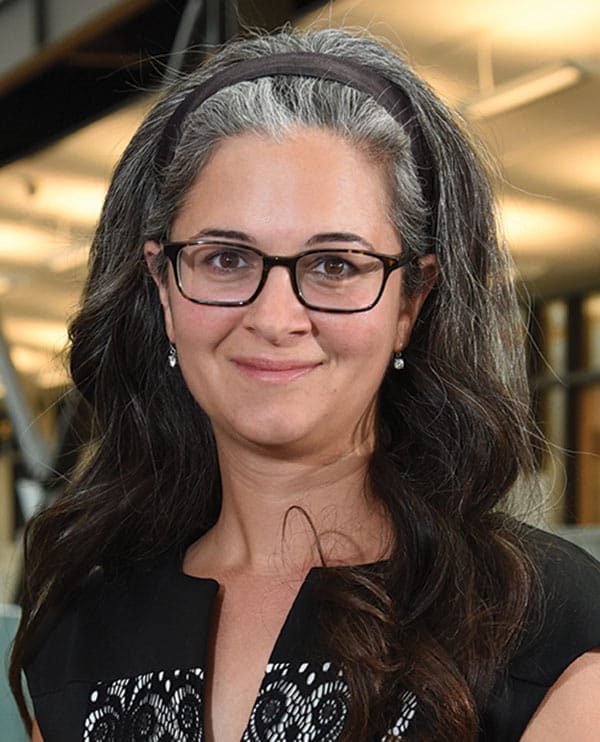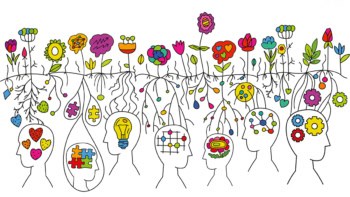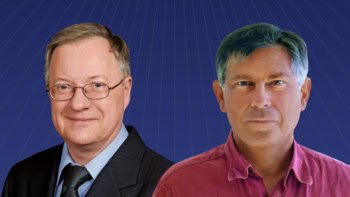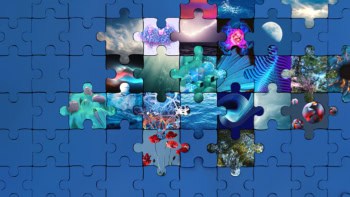Noel Bakhtian is director of the Center for Advanced Energy Studies and a member of the senior leadership team at the US Department of Energy’s Idaho National Laboratory. She was recently featured by Business Insider magazine as one of the 39 most powerful female engineers.

What sparked your initial interest in physics?
In my first ever physics class, in high school, I loved learning that everyday concepts, such as velocity and acceleration, electricity and magnets, gravity, friction and sound, all had equations that described their behaviour. I loved the logic of it all and how physics and mathematics were really the underlying foundation of everything one encountered in the physical world. Based on that and my love of all things space (from NASA and sky‑gazing to Star Wars), I attended a residential summer camp during high school called the Summer Science Program, where my interest and understanding of physics took a quantum leap. We took graduate‑level courses to learn everything from spherical trigonometry to computer coding, which we used to write our own software to calculate the orbital parameters of asteroids that we were tracking with telescopes. My experience during this collaborative, hands-on, magical summer left me with no other choice than to pursue a physics-based degree when I got to college.
What did your physics and engineering degrees focus on?
I chose physics and mechanical engineering as my undergraduate focus areas at Duke University in the US, to provide a foundation for the aerospace work I wanted to do. It was in my postgraduate degrees that I really was able to deep-dive into what would become my academic speciality: fluid dynamics. As a Churchill Scholar at the University of Cambridge, UK, my research was all about bird flight: studying a new wing/feather phenomenon using wind tunnels (no birds were hurt in the completion of the degree!) and providing an aerodynamics analysis to explain the phenomena. During my PhD at Stanford University, I spent most of my time at NASA Ames Research Center working with the advanced supercomputing team to develop a new aerodynamic concept for landing high-mass missions on Mars.
Did you ever consider a permanent academic career, and how did your interest in science policy and working with the government emerge?
Until my last year of grad school, I was on the path to become an aerospace academic and, hopefully one day, an astronaut. But during those last few years the news was full of stories about the Space Shuttle programme ending, and I realized that, although I was planning a future devoted to advancing human space flight, I didn’t understand how the major policy decisions that affected that future’s vision, scope and funding were getting made by the government. So I decided to take a year off to pursue a science policy fellowship (the ASME Federal Government Fellowship Program) in Washington DC to learn how policy gets made. One year turned into five – I was hooked.
What was it like working as a senior policy adviser at the White House Office of Science and Technology Policy?
Humbling. I was part of a cohort of “doers” – visionaries with big ideas, wanting to help people and make our nation and the world a better place – inspired by our boss, John Holdren, the president’s science adviser and a giant in the science and technology world.
What is involved in your current role as director of the Center for Advanced Energy Studies (CAES) at Idaho National Laboratory?
CAES is a collaboration hub between the Idaho National Laboratory and the public research universities in Idaho and Wyoming: the University of Idaho, the University of Wyoming, Boise State University and Idaho State University. I direct the integrated research, education and innovation efforts that bring together teams of scientists, engineers, faculty members, industry and students to solve grand challenges in energy through collective innovation. CAES focus areas include the water–energy nexus, advanced manufacturing, nuclear energy, cybersecurity, policy and supercomputing.
Any advice for today’s students?
Find and interact with other stakeholders related to your work or research. Very often academic connections happen naturally through conferences, but don’t dismiss the private sector, government (local/state/federal), trade associations, think tanks and non-profits. If you want your work applied to something in the real world, make sure people know about it and help them implement change. Also, practise communicating science to your peers and the public. You should be able to explain your work or research, and why it’s important, to someone who doesn’t have a scientific background.



